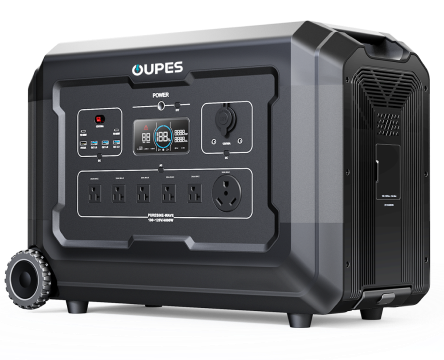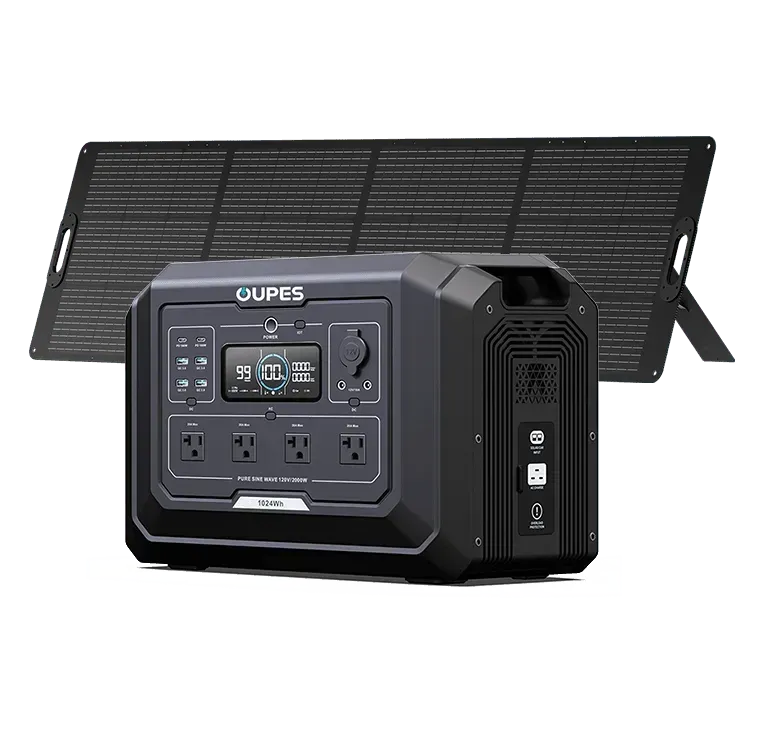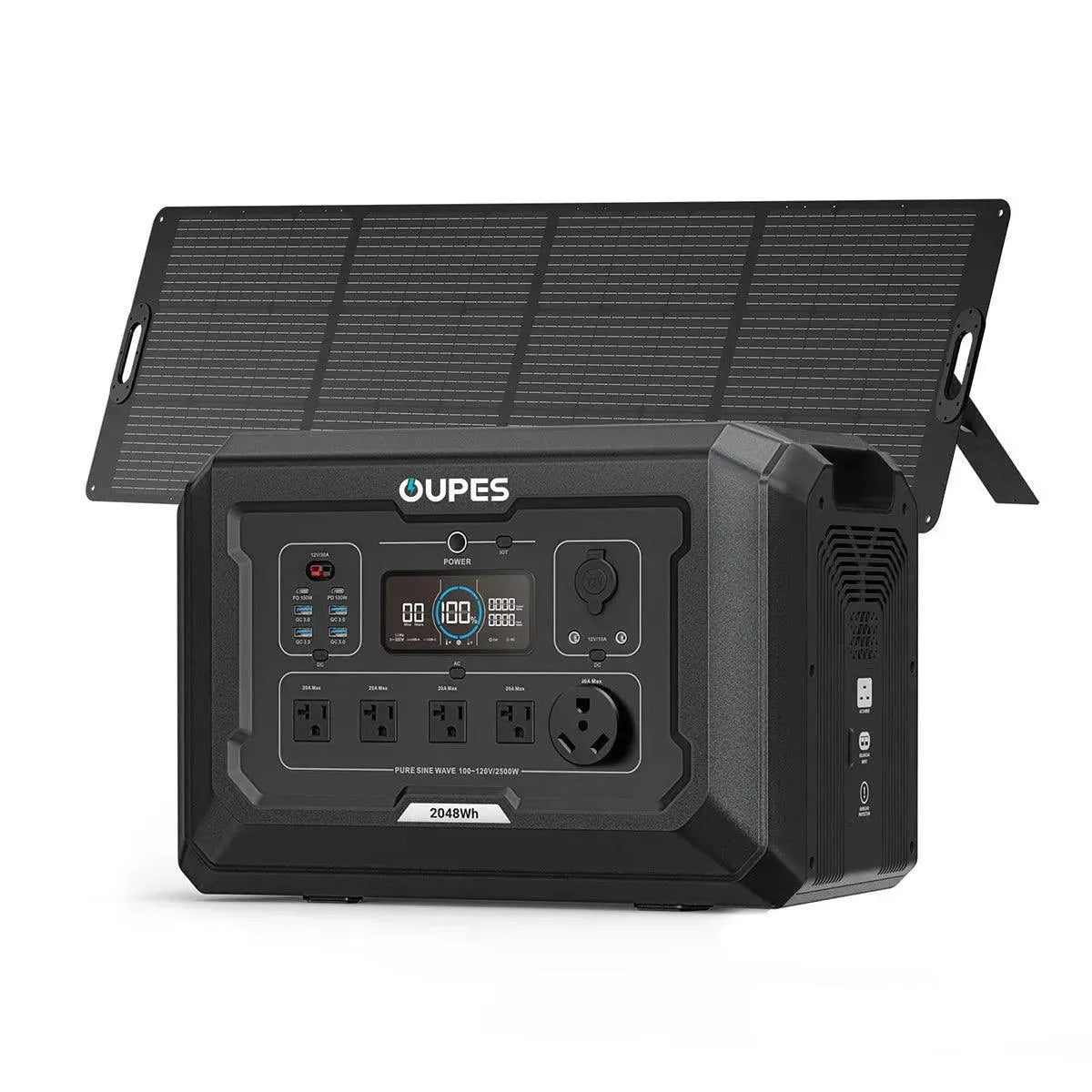
Solar generators have become increasingly popular for off-grid living, emergency preparedness, and sustainable energy use. Among the available options, a 2000 watt solar generator strikes a balance between power and portability. But how much can you really run with one? If you’ve ever wondered what a 2000 watt solar generator is capable of powering, this in-depth guide will walk you through practical use cases and expert tips to get the most from your setup.
Understanding the Capacity of a 2000 Watt Solar Generator
Before diving into what you can power, it's essential to understand what “2000 watts” really means. The watt rating refers to the maximum continuous output that the inverter can handle. This does not necessarily indicate how long you can run something—duration depends on battery capacity, not just inverter size.
A 2000 watt solar generator typically includes a battery bank with a capacity ranging from 1000Wh to over 2000Wh (watt-hours). This means if you're running a device that consumes 100 watts, a 2000Wh battery could power it for about 20 hours (2000 ÷ 100 = 20), assuming no energy losses. Of course, real-world use includes some inefficiency, but this gives you a rough idea.
Additionally, it's crucial to understand the difference between starting wattage and running wattage. Appliances with motors, such as refrigerators or power tools, may need a surge of power when starting—sometimes double their running wattage. A 2000 watt solar generator should have an inverter capable of handling these surges, often rated for up to 4000 watts momentarily.
So, what can this level of power handle? Quite a lot, in fact, especially if you prioritize essential devices and understand your daily energy needs. Let’s explore some specific categories next.
Running Essential Home Appliances
One of the most common uses of a 2000 watt solar generator is for powering essential home appliances during outages or in off-grid scenarios. You can easily run a refrigerator, lights, fans, and even a microwave—depending on how you balance the load.
A full-size refrigerator typically uses between 100–800 watts depending on its efficiency and model. A modern ENERGY STAR refrigerator might consume around 150 watts when running, with occasional surges up to 1200 watts. A 2000 watt generator can handle this easily, especially if it has a surge capacity of 3000–4000 watts. You can pair it with LED lights, which usually consume 10–20 watts each, and still have plenty of capacity left.
Microwaves are another example. A standard 1000-watt microwave can be used, but only for short bursts, as it quickly depletes battery capacity. The same goes for electric kettles and coffee makers, which may use 1200–1500 watts but are usually on for only a few minutes. Prioritize time-sensitive tasks with high-draw appliances and avoid running them all at once.
Other appliances like TVs, modems, routers, and laptops consume relatively little power, making them perfect companions for a 2000 watt generator setup. A flat-screen TV might consume only 60–150 watts, and a laptop even less. This makes home entertainment and communication during outages or remote work perfectly manageable.
Powering Tools and Equipment for DIY and Job Sites
For DIY enthusiasts or contractors who need to bring power to remote locations, a 2000 watt solar generator offers a practical solution for a range of tools. Whether you're working on a home improvement project or need reliable energy on a job site, this level of power capacity covers many common devices.
Corded power tools like circular saws, angle grinders, and drills often fall within the usable range of a 2000 watt generator. For instance, a standard circular saw typically consumes around 1200 watts while running and may spike slightly higher on startup. A power drill, depending on its size, may range from 600 to 800 watts.
Using tools in sequence, rather than all at once, is key to maximizing generator performance. You can run a circular saw, then switch to a sander or a vacuum for clean-up, all without tripping the system. However, it’s always good to double-check wattage ratings and confirm compatibility with your solar generator’s inverter and battery specs.
Battery-powered tools can also be charged using your generator. Tool battery chargers often draw 100–300 watts, making it easy to keep your gear powered throughout the day. This allows for a quiet, emissions-free alternative to gas-powered generators—ideal for indoor use or environmentally sensitive areas.
Using a 2000 Watt Generator for RVs and Camping
A 2000 watt solar generator is a favorite among RV owners and campers who want the comfort of electricity without the noise and fumes of a traditional gas generator. It’s well-suited for running RV essentials and can even handle some luxuries if used efficiently.
In an RV, typical appliances include lights, water pumps, fans, and entertainment systems—all of which fall well within a 2000 watt capacity. LED lighting, at about 5–10 watts per bulb, allows for full illumination without making a dent in your energy reserves. Water pumps used for sinks or showers may use around 100 watts and usually run for short durations.
A small RV fridge, especially a DC model, can be powered continuously, using around 50–70 watts on average. That leaves room for charging phones, tablets, and running a laptop or television. If your RV has solar panels feeding the generator or battery bank, you can enjoy extended off-grid stays with minimal energy concerns.
When camping, you can bring the same level of convenience. Power string lights, run a small fan in your tent, keep a cooler powered, or inflate air mattresses. You can even use an electric grill or induction stove for quick cooking, though these should be used sparingly due to their high wattage demands.
Emergency Preparedness and Disaster Scenarios
In emergencies, staying powered can be a matter of safety. A 2000 watt solar generator provides peace of mind by supporting vital electronics and medical equipment. During blackouts caused by storms, wildfires, or grid failures, you’ll want a reliable and silent energy source—and a solar generator fits the bill perfectly.
Medical devices like CPAP machines, which typically consume 30–60 watts, are easily handled by a 2000 watt generator. Even with a heated humidifier, they may only draw around 100 watts, allowing for continuous overnight operation without draining your system.
You can also power a small heater or electric blanket in cold conditions, although energy usage should be carefully monitored. A low-watt space heater might draw 750–1500 watts, so it’s not something you’ll run all day, but it can be useful for short, targeted heat bursts. An electric blanket, on the other hand, may use just 60–100 watts and can run for several hours safely.
Keeping your phone, radio, and other communication tools charged is also crucial during a crisis. These devices typically draw 5–15 watts, so you can keep multiple items charged without overloading the system. Combine these with LED lanterns, a solar-charged flashlight, and a low-wattage fan for comfort and safety.
Conclusion
A 2000 watt solar generator is a surprisingly capable unit that can handle a broad range of household, recreational, and emergency needs. From powering a refrigerator and television to supporting tools, lights, and even medical equipment, it offers a powerful and versatile solution for off-grid energy.
The key to maximizing your generator’s usefulness lies in smart energy management—understanding wattage, usage time, and priority. With careful planning, you can enjoy the benefits of clean, quiet, and renewable power anywhere you go. Whether you’re preparing for the unexpected or living a more sustainable lifestyle, a 2000 watt solar generator is an investment in energy freedom.




























